How to Solve Slow Speed and High Latency on Win11 Computers
Jul. 05, 2025 / Updated by Seraphina to Windows 11
As a new version of the system, Windows 11 still needs more time for improvement. Many users have reported that after upgrading to Win11, they feel the system is slower, and there are also issues with latency or system crashes. The causes of these problems are not singular; they could be due to low system storage capacity, outdated drivers, too many running programs, high disk usage, and other factors. This article summarizes several relatively simple methods to help fix the issues of slow speed and high latency on Win11 computers.
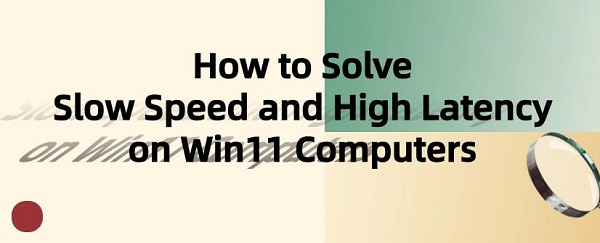
1. Meaning of slow speed and high latency in Win11:
1). "High latency" refers to the delay or lag in the transmission of data packets between the source and destination in a network. It represents the time taken for data to travel from one point to another. High latency can lead to slower response times, especially noticeable in activities like online gaming, video streaming, or real-time communication, where timely feedback is crucial. In essence, high latency indicates delays during communication processes, which can negatively impact user experience.
2). "slow speed internet" refers to a situation where the internet connection speed is slow or slower than expected, resulting in delays in loading web pages, downloading files, or streaming media content.
2. Methods to address slow speed and high latency issues:
Method 1: Update Windows
Older versions may contain errors and faults that cause delays on computers. Timely system updates can fix these bugs.
(1). Click on the Start menu and open the Settings interface.
(2). Click on "Update & Security".
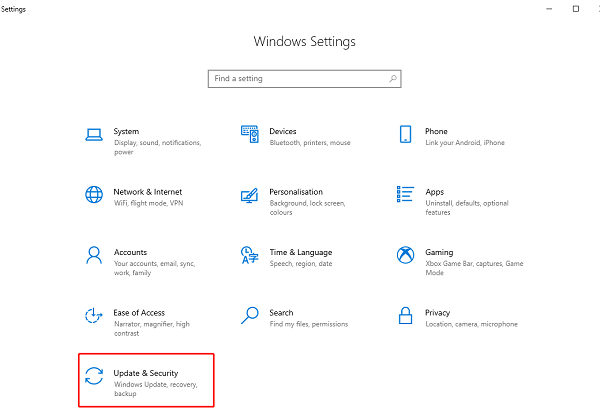
(3). Click on the "Check for updates" button on the right side and wait for a while.
(4). If updates are available, the system will automatically download and install them.
Method 2: Update drivers
Drivers act as bridges between the computer and all its devices. Incorrect or outdated drivers can cause problems. It's recommended to use Driver Talent for one-click driver updates.
(1). Open Driver Talent and click "Scan". It will scan your computer and display the status of drivers, whether they are normal or abnormal.
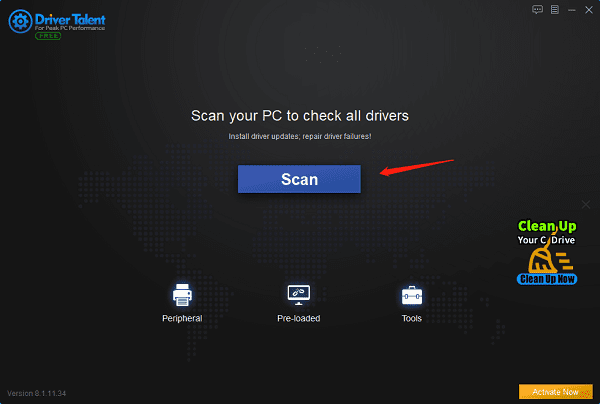
(2). If there are drivers that need updating, click "Download", and the software will automatically download the updated drivers for you.
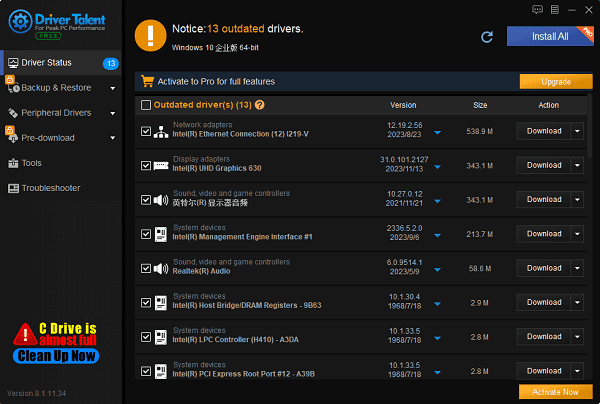
(3). After installation, restart the computer to ensure that the updated drivers take effect.
Method 3: Check Task Manager
Task Manager can monitor CPU, memory, or disk usage. If certain processes are using resources excessively, it may slow down the operating system.
(1). Right-click on the blank space on the bottom taskbar and select "Task Manager" from the popup list.
(2). Under the "Processes" tab, detailed information is on the right, with each process's name on the left. Right-click on the process that consumes most available resources and select "End task".
Method 4: Adjust startup applications
Typically, fewer applications running at startup result in faster Windows operation. Therefore, you can disable unnecessary startup applications.
(1). Press the Windows key to open the Start menu and type "Startup apps" in the search box to open it.
(2). Click on the switch next to unnecessary applications that automatically open at startup to turn them off.
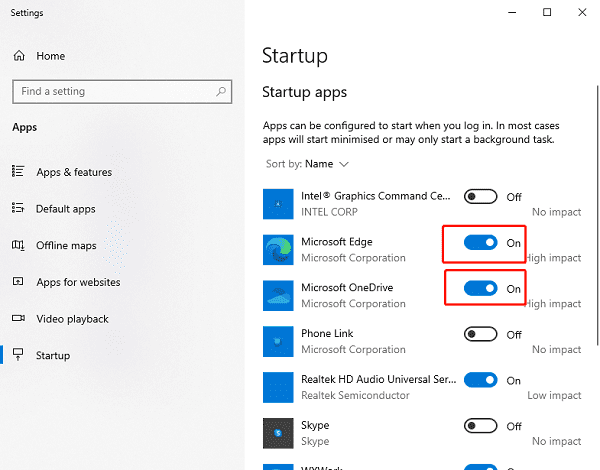
Method 5: Uninstall infrequently used applications
(1). Click on the Start menu and open the Settings interface.
(2). Click on "Apps".
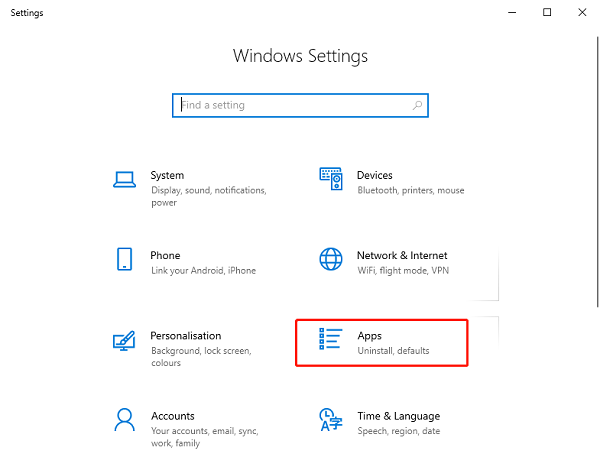
(3). Click on the infrequently used applications, then click "Uninstall".
Note: Some applications are essential built-in functions of Windows 11 and cannot be uninstalled.
Method 6: Disable visual effects
Windows 11's visual effects are a new feature of the Microsoft operating system, providing users with stunning visual effects. However, in some cases, they can slow down the system.
(1). Press the Windows key and type "Visual effects" in the search box to open it.
(2). If there are options for transparency effects and animation effects, click to toggle them off.
Method 7: Run Disk Cleanup
Disk Cleanup is a built-in tool in Windows that can delete unnecessary files and free up disk space.
(1). Press the Windows key and type "Disk Cleanup" in the search box to open it.
(2). Check the checkboxes for the files you want to delete, then click "OK".
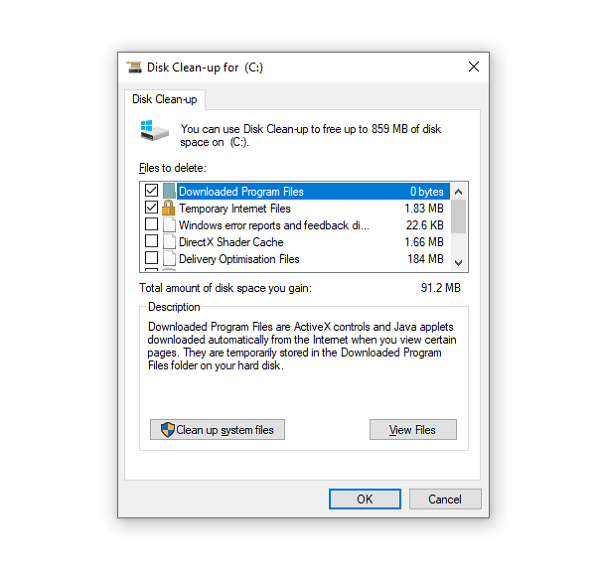
(3). Click on "Delete files".
Method 8: System cleaning and optimization
(1). Regularly clean system junk files, invalid registry entries, and temporary files to improve overall system performance.
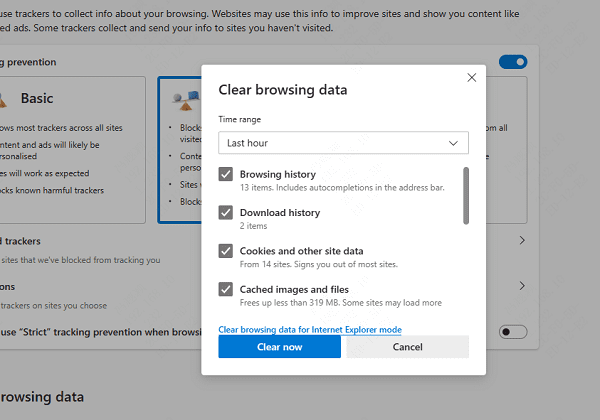
(2). Adjust system settings, disable unnecessary services, update system patches, and other methods can also improve system speed and responsiveness.
Method 9: Hardware upgrade
If none of the above methods solve the problem, it may be due to insufficient hardware configuration.
(1). Upgrade hardware components like memory, CPU, or hard drive to enhance system performance.
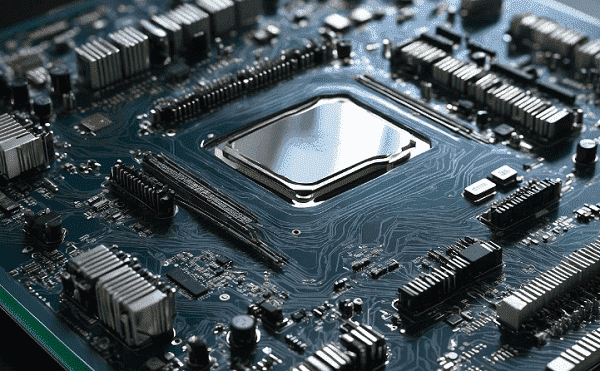
These are the methods for addressing slow speed and high latency issues on Win11 computers. Hope this guide is helpful. If you encounter driver-related issues such as network cards, graphics cards, Bluetooth, sound cards, etc., you can download "Driver Talent" for detection and repair. Additionally, Driver Talent supports driver downloads, installations, backups, etc., providing flexible driver management.
See also:
How to install sound card drivers
Steps to clean up a full C drive on the computer
Dota 2 crash troubleshooting guide
No Internet Connection-5 Common Solutions
One-Click Audio Recovery for Computer

|
ExplorerMax |

|
Driver Talent for Network Card | |
| Smart and advanced file explorer tool for Windows platforms | Download & Install Network Drivers without Internet Connection | |||
| 30-day Free Trial | Free Download |







